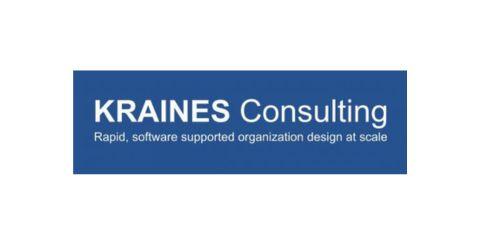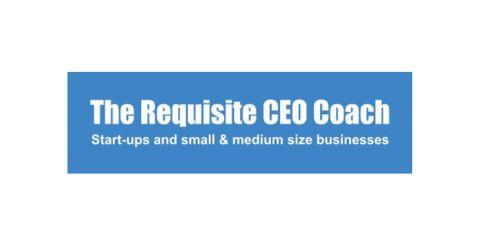The Struggles of an Entrepreneur to Manage His Business
Speaker A My name is Greg Hess. I'm president and CEO of Koreti Incorporated. It's a masonry construction company located in central Pennsylvania. We also have an office in Maryland that services the ...
Transcript of the presentation video
NOTE: This transcript of the video was created by AI to enable Google's crawlers to search the video content. It may be expected to be only 96% accurate.
Speaker A My name is Greg Hess. I'm president and CEO of Koreti Incorporated. It's a masonry construction company located in central Pennsylvania. We also have an office in Maryland that services the Baltimore and Washington market. The business has been in existence since 1953. It was founded by my wife's father and grandfather. I joined the company coming out of Drexel University in 1971, not expecting to be in the construction trade, but in response to my father in law's illness with multiple sclerosis and looking for some succession in his business at the time. Unfortunately, I was only in there for six years when both the grandfather and the father passed away and certainly was not capable of the task. But nonetheless, 1979 was in a position where I and my wife purchased the other family interest out of the business and we set off on our own. At that time, I really had very little expectation that I was going to be successful. I felt that I was working over my head at that time. But the years and the circumstances were fortunate with us, and we reestablished ourselves as the dominant contractor both in the Harrisburg area and began to develop the Baltimore market at that time. By 1989 or so, we were well placed within the business and starting to take a look a little bit longer, range out at what the growth opportunities were. Just as a bit of background. The construction practices that I walked into from 1971 were, from what I learned later historically, weren't very much different from the practices that were in place in 1931 or 41 or 51 or 61. The masonry construction trade was largely manual labor. The few technical advantages available to you were in the forerunners of what today are rough terrain. Forklifts scaffolding was constructed at great risk to the individuals manually from the ground up out of tubular frames. And the trade was largely based upon, yes, artisanship. Masonry is a finished craft, but also the concept of production was you fire the people that cannot produce as quickly as the other people can. And it was a constant pressure scenario. I never thought much of the process. I saw good people that had skills that could be used that weren't necessarily suited to speed, but that were nonetheless valuable to us. And although the processes we had in place at that time tried to make some compensation for that, mostly on the basis of age, it was still somewhat archaic. Our business, as I purchased it in 1979 was at that level. There really wasn't a development process in place. It was a bit of, you let the cream rise to the top and skim it off and use it. Never had any real formal training in business management and also coming directly out of college into the business. I never had an opportunity to learn those skills, organizational skills, from any other means. I did read as much as I could on the subject and certainly I tried by the seat of my pants and my own creativity to implement processes and controls that could be replicated. And that was certainly one of the most serious considerations. I don't want to do this twice. I don't want to be gone for two weeks on vacation and come back and everyone slip back to the old way of doing things. Gradually, I think, over time through the 1980s while we were growing the business from maybe at the outset 30 to 40 bricklayers and laborers to by 1990 we had 100 and 2140 people working most of the time in the field began to develop these processes. They took at various steps. First of all, it's very obvious that Manpower development was both an external a union affiliated issue but it was also an internal issue. You needed to have a means to evaluate the candidates that were coming into your business. You also needed to have a means of assessing how they were progressing. There also needed to be a deliberate set of steps by which a person could move on to the next level of work. The office staff has and continues to be a far more difficult issue to deal with. But at what we would now call level One, level two stratum of operations we developed myself and my minority partner managed to develop a method that served us quite well with regards to the definition of roles the recruitment of roles.
Major organizations and consulting firms that provide Requisite Organization-based services




